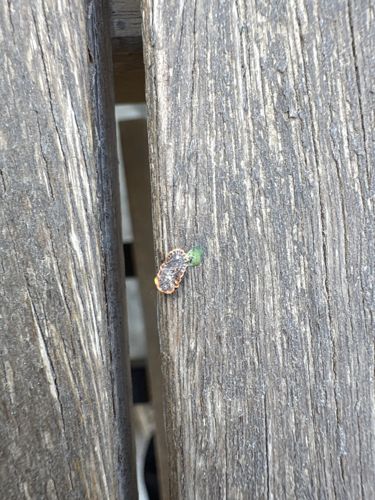Slug worm / Sawfly larva
Scientific Name: Caliroa cerasi (or similar sawfly species)
Order & Family: Hymenoptera, Tenthredinidae
Size: Typically 10-15 mm (0.4-0.6 inches) in length when mature.

Natural Habitat
Gardens, orchards, and areas with their host plants (e.g., cherry, pear, plum, hawthorn, oak, willow). They live on the leaves of these plants.
Diet & Feeding
Herbivorous. Larvae feed on the epidermal tissue of leaves, skeletonizing them and leaving behind a characteristic transparent film.
Behavior Patterns
The larvae resemble small slugs due to a slimy, dark coating. They move slowly and skeletonize leaves. They overwinter as pupae in the soil and emerge as adults in spring. Multiple generations can occur in a season.
Risks & Benefits
Potential risk as a pest, causing defoliation and aesthetic damage to ornamental and fruit trees, especially cherry and pear. They can reduce tree vigor and fruit yield in severe infestations. No known direct risks to humans. They contribute to the food chain for birds and other predators.
Identified on: 11/7/2025